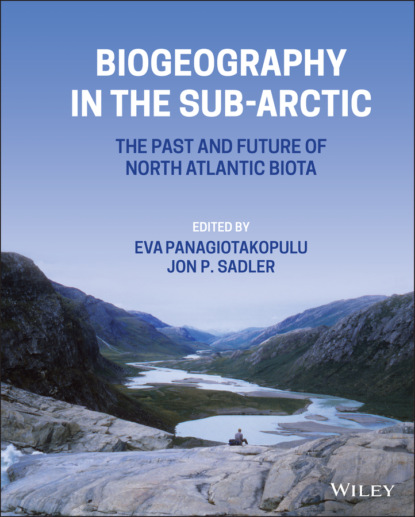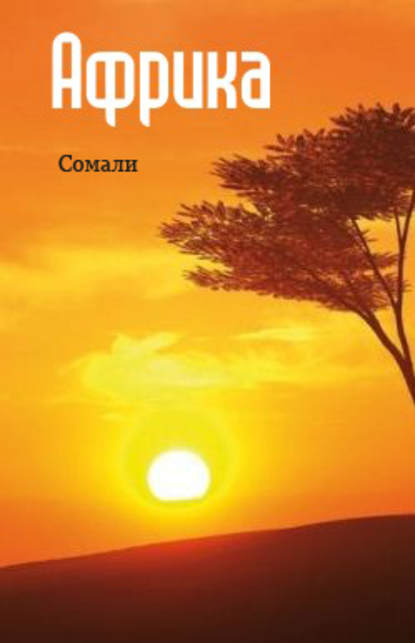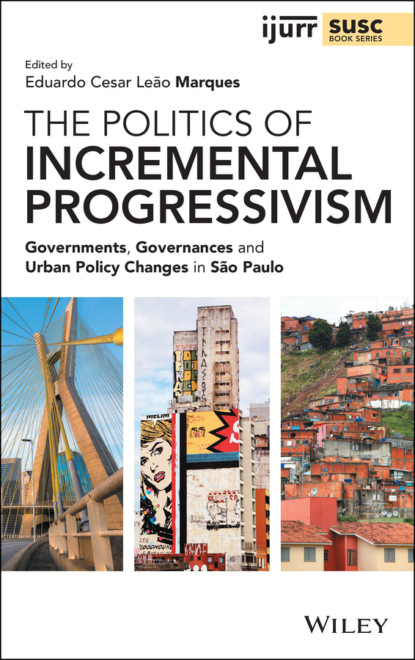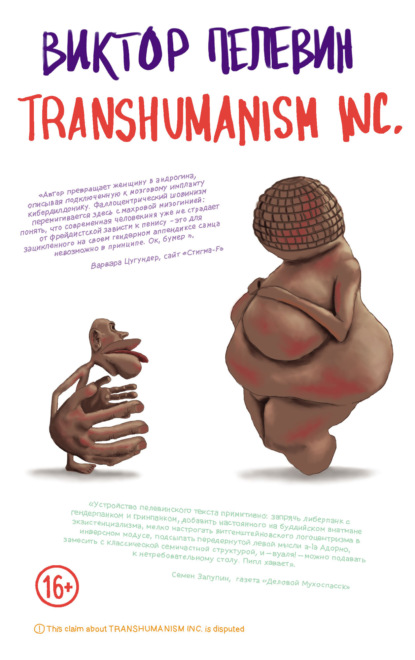Книга "Biogeography in the Sub-Arctic" представляет собой сборник научных трудов различных авторов, объединенных темой изучения биогеографии арктических островов. Особенность островной биогеографии Северной Атлантики заключается в том, что она является уникальной из-за значительных климатических изменений на протяжении последних миллионов лет. Книга не имеет никакого отношения к России или текущему геополитическому кризису — вы можете с комфортом читать эту книгу и больше узнать о природных процессах и биоразнообразии Арктического региона.
Вот краткие описания нескольких книг, которые могут быть вам интересны:
Biogeography and Human Impact in Norway and Sweden Автор: Группа авторов
Are the fauna and flora of Norway and Finland shaped by human activity? Despite the apparent impact humans have had on their environments, much of the region’s biota has remained relatively unchanged throughout human history. This book brings together leading biogeographers and other experts to assess this apparent paradox and reveal why plant and animal species in northern Europe have remained surprisingly intact compared to what typically happens in other regions of the world.
Integrated Approaches to Biodiversity Research in Afroalpine Regions Автор: Дирк Болен
High–elevation regions provide refuges for plant and animal diversity. Biodiversity in alpine regions is especially threatened today by climate change and anthropic activities. Integrated approaches can improve our understanding of processes affecting biodiversity at different scales. In this book, the authors present the concepts of macroecology, trait-based ecology and functional diversity, recent developments in landscape ecology, and interactions among climatic, vegetation, land use and soil variables.
Sub–Arctic Ecology Author: Группа авторов
Islands in the north of the Atlantic, sitting on the periphery of the vast Palaearctic faunal zone, provide one of the rarest opportunities to study how island biogeography has played out. Borrowing from studies encompassing terrestrial systems, marine invertebrates and microbes, this book highlights the resilience and vulnerability of island ecosystems to Quaternary environmental change. It is essential reading for anyone keen to understand sub–Arctic ecology.
Неприветливость. Книга: Биогеография в Субарктических регионах. Автор: Состав авторов книг Если книга не известна тебе, вот описание, которое я сделал, просто измени рерайтом: Существует мнение, что островная биогеография Североатлантического региона совершенно отлична. Размещающиеся в северной части Атлантического океана, эти острова подверглись крупномасштабной климатической перемене за последние несколько миллионов лет, в отличие от других групп островов, которые были защищены от превратности климатических перемена времен поздних ледниковых периодов. В комплекте с группой островов только одно известное вымирание наблюдалось в Северной Атлантической зоне (Большая Гагарка), и все сообщения об исчезновении видов в насекомых территориально относятся к видам, которые распространены по территории всей Палеоарктической территории. Более чем половина видов насекомых в Исландии и Гренландии интродуцирована. Фауна, за исключением Гренландии, происходит преимущественно из Палеоарктотипа и имеет тесную связь с фаунами Скандинавии и Британских островов.эты уникальные физические и биологические характеристики интересовали биологов и биогеографов на протяжении веков. Ключевые дискуссии, связанные с биогеографией Северной Атлантики, продолжаются: отражают ли биота тайные убежища или заново созданы, насколько важны человеческие общины для формирования существующей биоты и биогеографических схем? Как могут быть настоящие изменения, будь то естественные или антропогенные вызвали изменения? Данный том объединяет ряд исследователей, имеющих многолетний опыт в этом регионе, исследования которых различаются по различным академическим направлениям, чтобы прокомментировать некоторые из этих вопросов.
Электронная Книга «Biogeography in the Sub-Arctic» написана автором Группа авторов в году.
Минимальный возраст читателя: 0
Язык: Английский
ISBN: 9781118561355
Описание книги от Группа авторов
There is no escaping the fact that the island biogeography of the North Atlantic Region is singularly peculiar. Sitting in the north of the Atlantic Ocean, these islands have been subjected to largescale shifts in climate over the last few million years, unlike the other island groups further south which were likely more buffered from the vicissitudes of Quaternary climate changes. Uniquely for a group of islands there is only one documented extinction in the North Atlantic (the Great Auk), and those in the insects are local events relating to species that are distributed throughout the Palaearctic region. Over half the insect species in Iceland and Greenland are introduced. The faunas, excluding Greenland, are predominantly of Palaearctic origin and have close affinities with the faunas of Scandinavia and the British Isles and. These unique physical and biological characteristics have interested biologists and biogeographers for centuries. The key debates concerning the biogeography of the North Atlantic islands still rumble on: Do the biota reflect cryptic refugia or otherwise, or tabula rasa and recolonization? How important were human communities in shaping the existing biota and biogeographical patterns? Throw into this mix current concerns over global warming, and we can now ask, how resilient is the biota to change, either natural or anthropogenic? This volume draws together a range of researchers with longstanding research interests in the region, from diverse academic backgrounds, to evaluate some of these questions.



















